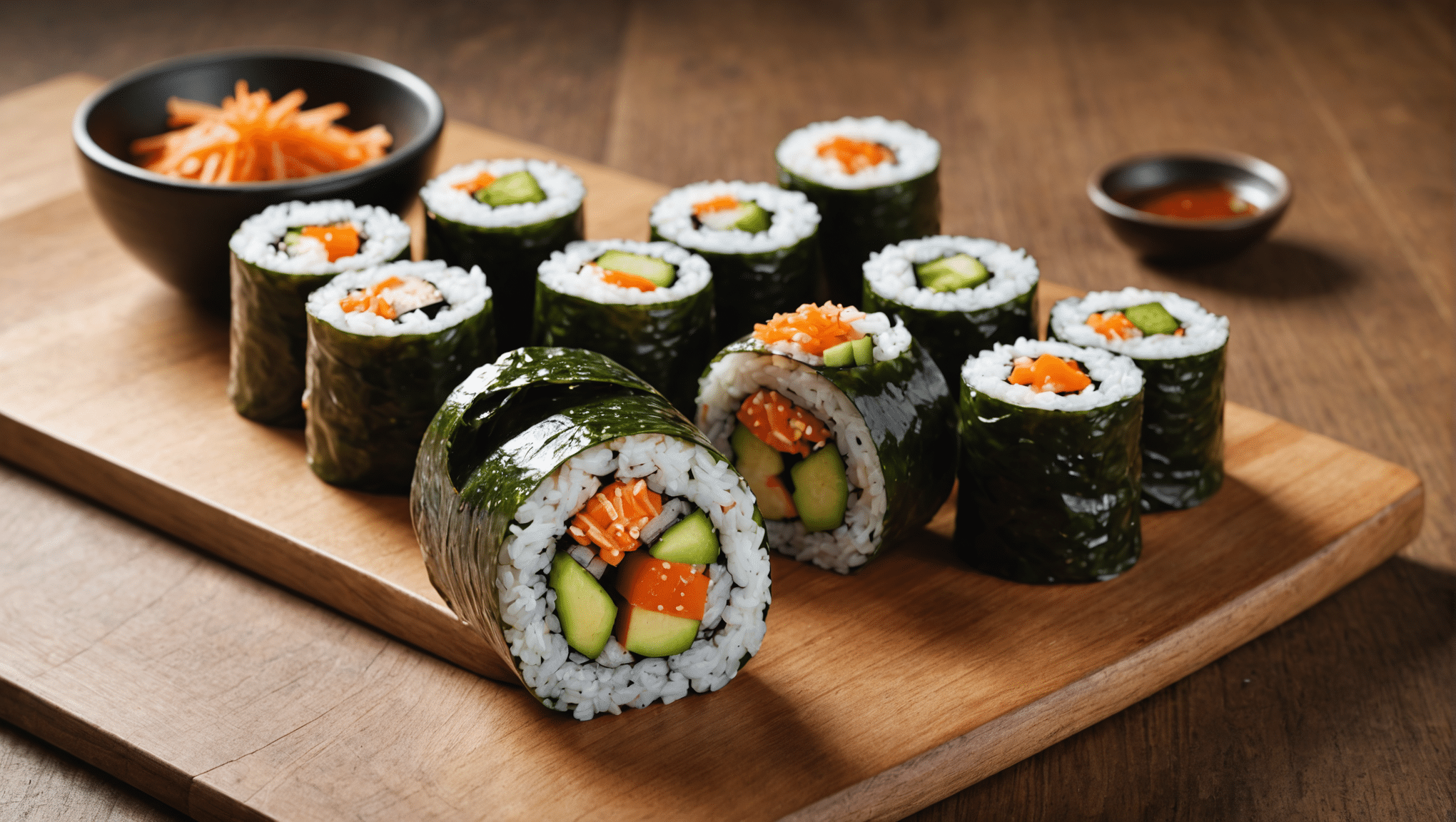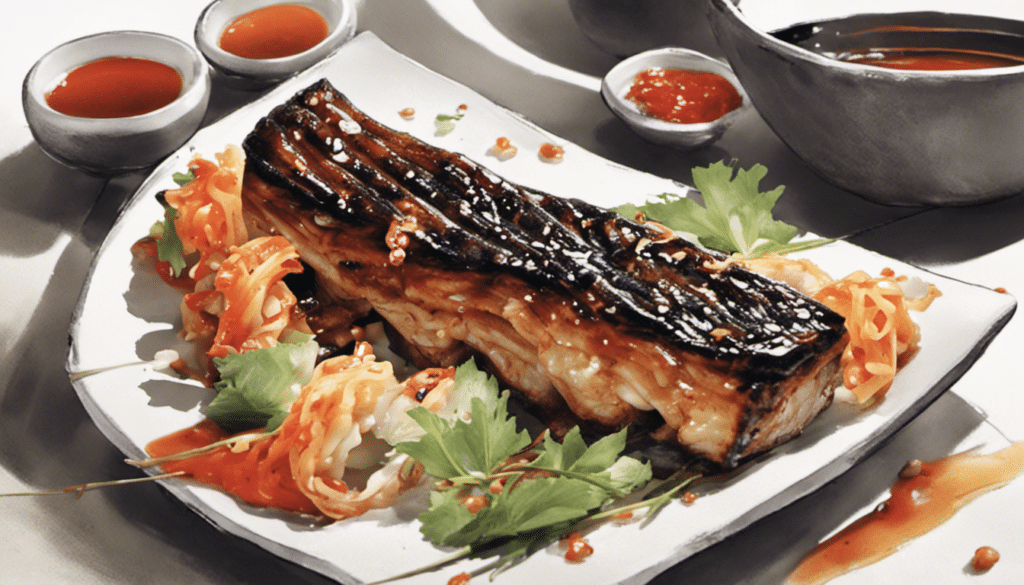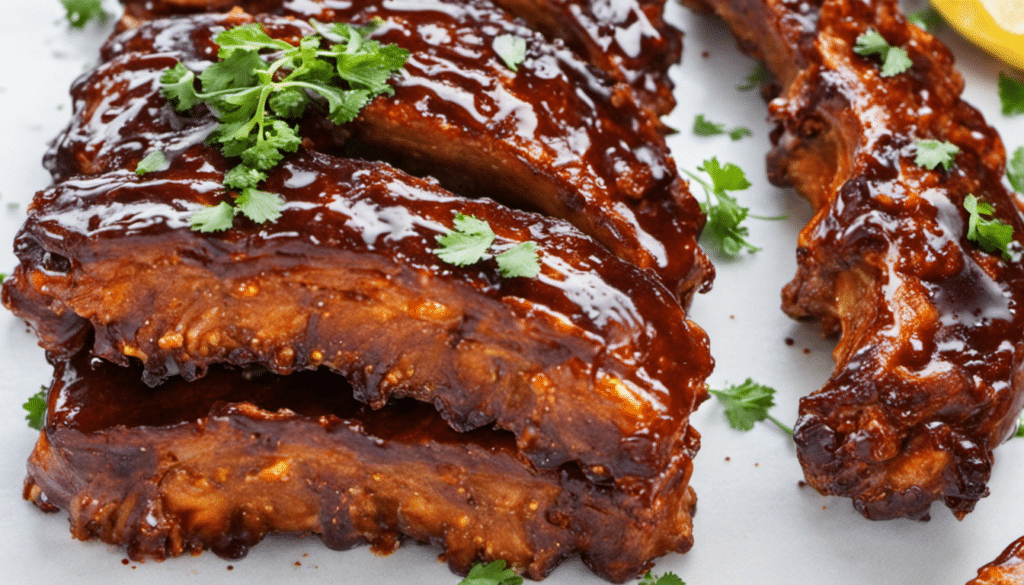| Prep: 20 mins | Cook: 10 mins | Difficulty: Medium | Serves: 6 |
| kcal | fat | saturates | carbs |
| 250 | 9g | 1.5g | 34g |
| sugars | fibre | protein | salt |
| 6g | 5g | 8g | 1g |
Why I Love South Korean Doenjang Gimbap
Why do I absolutely adore the Doenjang Gimbap recipe? Let’s dive into that. The moment I stumbled upon this South Korean delight, I knew it would become a staple in my culinary repertoire. Growing up with a blend of Caribbean and Spanish flavors, I’ve always been drawn to dishes that tell a story through their ingredients and preparation methods. Doenjang Gimbap does exactly that.
A Harmonious Blend of Flavors and Textures
One of the aspects that captivated me is the harmonious blend of flavors and textures. With roasted seaweed cradling the tender short-grain rice, each bite is a sensational experience. The julienned cucumber and carrot add a delightful crunch, while the blanched spinach and daikon radish contribute a fresh, tangy zing. And let’s not forget the Korean soybean paste (Doenjang) that adds a depth of umami, making every roll an adventure.
Combining Culinary Traditions
Doenjang Gimbap resonates with me because it reminds me of how food can transcend borders. Just as my own cooking combines the rich, robust flavors of Spain with the vibrant, tropical notes of the Caribbean, this recipe blends traditional Korean elements into a cohesive, delectable dish. It’s like a culinary dance that brings different cultures together on a plate, creating something beautiful and delicious.
If you’re a fan of sushi, you’ll find this recipe somewhat similar but uniquely different. The use of Doenjang sets it apart, providing a robust and earthy flavor that pairs wonderfully with the fresh vegetables and optional marinated beef or tofu. Whether you’re hosting a tapas evening or simply looking to enjoy a savory meal, this dish fits right in. It would go exceptionally well with a light miso soup or a crisp, refreshing salad on the side.
I was inspired to try my hand at this recipe after watching Chef Maangchi, a renowned Korean chef, bring traditional Korean dishes to a global audience. Her passion for Korean cuisine is infectious, and her easy-to-follow recipes are a joy to recreate. If you haven’t already, I highly recommend checking out her work for even more culinary inspiration.
Ultimately, Doenjang Gimbap has found a special place in my heart and kitchen because it’s a beautiful expression of culinary art. It’s more than just a recipe; it’s a celebration of flavors, cultures, and the joy of cooking and sharing food with others. Give it a try, and let this dish become a part of your story too.
What You’ll Need
- 6 sheets of roasted seaweed (nori)
- 4 cups of cooked short-grain rice
- 2 tablespoons sesame oil
- 2 tablespoons sesame seeds
- 1 large cucumber, julienned
- 2 medium carrots, julienned
- 6 ounces spinach, blanched
- 6 ounces daikon radish, pickled and sliced into strips
- 6 ounces of beef, sliced thinly (optional, can be replaced with tofu)
- 2 tablespoons soy sauce
- 2 tablespoons sugar
- 2 cloves garlic, minced
- 3 tablespoons Korean soybean paste (Doenjang)
- 1 cup water
- 1 tablespoon vegetable oil
- 1/2 teaspoon salt
“`
Method
Step One
Cook the short-grain rice according to the package instructions. Once cooked, let it cool slightly and then mix it with 2 tablespoons of sesame oil and 2 tablespoons of sesame seeds.
Step Two
In a pan, heat 1 tablespoon of vegetable oil over medium heat. Add the minced garlic and sauté until fragrant. Add the thinly sliced beef or tofu, 2 tablespoons of soy sauce, and 2 tablespoons of sugar. Cook until the beef is browned and fully cooked or the tofu is golden. Set aside.
Step Three
Blanch the spinach in boiling water for about 1 minute, then drain and rinse under cold water. Squeeze out excess water and season with 1/2 teaspoon of salt. Set aside.
Step Four
Julienne the cucumber and carrots. Slice the pickled daikon radish into strips, if not already sliced.
Step Five
In a small bowl, mix 3 tablespoons of Korean soybean paste (Doenjang) with 1 cup of water until smooth.
Step Six
Lay a sheet of roasted seaweed (nori) on a bamboo mat or a clean, flat surface. Spread a thin, even layer of the seasoned rice over the nori, leaving about 1 inch at the top edge.
Step Seven
Arrange a few strips of cucumber, carrot, blanched spinach, pickled daikon radish, and cooked beef or tofu horizontally across the center of the rice.
Step Eight
Carefully roll the nori sheet around the fillings, using the bamboo mat to help shape the roll tightly. Seal the roll by moistening the top edge of the nori with a little water.
Step Nine
Repeat steps six through eight with the remaining nori sheets and fillings.
Step Ten
Once all the rolls are assembled, use a sharp knife to slice each roll into bite-sized pieces. Serve immediately with any remaining Doenjang mixture on the side for dipping. Enjoy!




